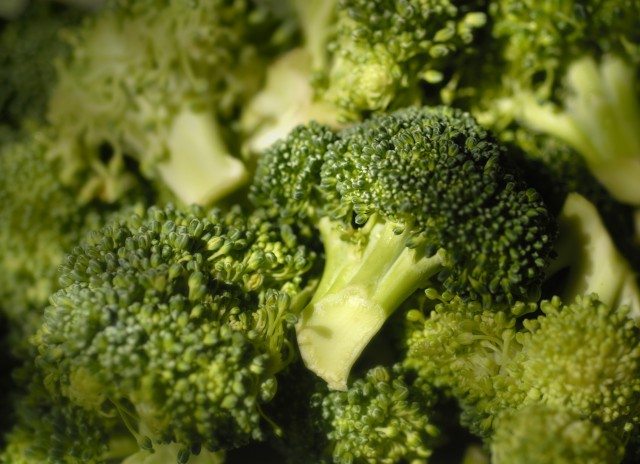Including a new broccoli variety in the diet reduces blood low-density lipoprotein (LDL)-cholesterol levels by around 6%, according to the results of human trials led by the Institute of Food Research (IFR).
The broccoli variety was bred to contain two to three times more of a naturally occurring compound glucoraphanin.
It is now available in US supermarkets, under the name Beneforté.
Working with colleagues at the University of Reading, in two independent studies, the researchers gave a total of 130 volunteers 400g of the high glucoraphanin broccoli per week to include in their normal diet.
After 12 weeks, they saw the levels of LDL-cholesterol in their blood drop by an average of about 6%.
Elevated LDL cholesterol is a recognized risk factor for heart disease.
Although the reduction seen in these trials is small, at a population level, a 1% reduction in LDL-cholesterol has been associated with a 1-2% reduction in risk of coronary artery disease.
Glucoraphanin is thought to work by helping our bodies retune cellular metabolism.
Mitochondria, the energy centers of the cell, convert sugars and fats into energy.
But if they are not working efficiently, or if we overload them with too much fat or sugar, one response is to channel excess into cholesterol.
Glucoraphanin is converted in the body to sulphoraphane, which turns on specific genes that activate our bodies’ defenses against this happening, rebalancing metabolism away from the production of LDL cholesterol.
This new study, published in the journal Molecular Nutrition and Food Research, provides the evidence for this reduction.
High glucoraphanin Beneforté broccoli was developed using traditional breeding techniques at IFR’s partners on the Norwich Research Park, the John Innes Centre and the University of East Anglia, and Seminis Vegetable Seeds Inc.
This study was funded by the Biotechnology and Biological Sciences Research Council, Innovate UK and Seminis Vegetable Seeds Inc.
Other foods or ingredients that have been proven to lower LDL-cholesterol are beta-glucans in oats and plant stanols.
These work by reducing cholesterol absorption into the body.
As glucoraphanin works by reducing how much our bodies make, eating these foods together is likely to have an additive effect.










